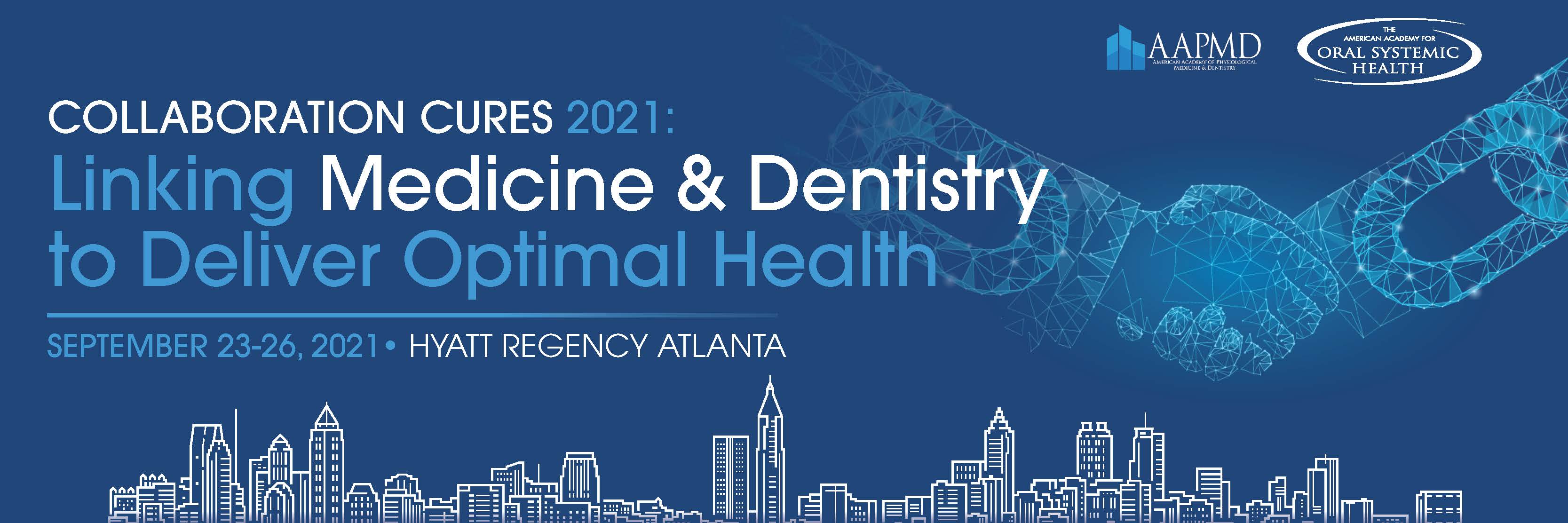My journey into oral systemic health began when a very dear patient suffered a fatal stroke. Following the best evidence-based medical practices was not enough, so I studied hard to learn more. That journey led me to a treasure trove of knowledge from Bradley Bale MD and Amy Doneen DNP, ARNP, founders of the BaleDoneen Method®, and then to the American Academy for Oral Systemic Health. More than ever, I can emphatically pronounce that NO cardiovascular prevention program is complete without a dentist and hygienist on the team. EVERY primary care patient should know the name of their doctor and their dentist, and physicians and dentists should strive hard towards open communication and interdisciplinary collaboration.
It is critical to recognize the role of “simple” oral hygiene as a potentially LIFE-SAVING strategy. One recent study tracked 5,600 older adults for 17 years and reported that:
- For those who did not brush their teeth at night, the risk for death during the study period increased by 20 to 25 percent, compared to those brushing every night.1
- Compared with daily flossing, never flossing increased mortality risk by 30 percent.1
- Compared to those getting dental care two or more times a year, not seeing a dentist in the previous 12 months raised mortality risk by up to 50 percent!!1
SO…How can primary care physicians improve patient outcomes by increasing awareness of oral health?
Step 1. Ask history questions relative to oral health. Showing the interest in oral health helps patients understand that you recognize a link and connection.
Here Are Some Examples:
- When was your last dentist visit and teeth cleaning?
- Do you have bleeding, tender or sore teeth or gums?
- Are you a mouth-breather? Do you snore?
- Do you have any foul taste/bad breath?
- Do you get frequent ulcers or fever blisters in your lips/mouth?
- Do you have heat, cold or sweet sensitive teeth?
- Does your jaw click or pop or not open/close properly?
- Do you have any loose or broken teeth?
- Do you have dentures/partials/caps/crowns/root canal teeth?
Step 2. Pay closer attention on physical exam to the lips, tongue, natural teeth, saliva, dental work, and soft palate/Mallampati score. Ask the patient to open their mouth wide (use a penlight/otoscope and tongue blade if needed)
- Use a tool like the Oral Health assessment tool to keep track.
- Note Mallampati score.
Bonus points: Learn Traditional Chinese Medicine meridians and tongue diagnosis. Oscar Sierra, herbalist and functional medicine provider will be presenting at the AAOSH Annual Session. Save you a seat??
Step 3. Order proper labs with intent to screen for inflammation.
- We order the “fire panel” from Quest/Cleveland Heart Labs that includes: hsCRP, MACR, Myeloperoxidase, Lp-PLA2 activity, F2-isoprostane, ADMA and SDMA, and OxLDL.
- If the patient reports bleeding gums, has any of these markers elevated without an obvious trigger, has had an atherosclerotic event, or is not in a partnership with an enlightened dentist, THEN I also perform OralDNA® Labs salivary diagnostics (a saline rinse test for periodontal bacteria. The test I use is called MyPerioPath®).
- Have a SUPER low threshold for ordering a sleep study. Obstructive sleep apnea (OSA) wrecks the mouth and the body!
Step 4. Partner with your dental provider and set mutual goals to take your oral health to the next level of excellence. Ask your dental provider to screen for periodontal and endodontic disease and create a care plan if high-risk oral bacteria are identified. Identifying a dental professional of like mind can be a challenge but it is not impossible. There are resources such as OralDNA® Labs’ Find a Provider and AAOSH Member Directory.
If you are looking for a treasure trove, you are invited to come learn with us at Collaboration Cures, our very next LIVE gathering September 23-26, 2021 in Atlanta, GA! Click here to register.
References:
https://www.ncbi.nlm.nih.gov/pmc/articles/PMC3124861
For more information on how to become an OralDNA Provider – scan HERE: 
- The Blood Pressure Blueprint: THE Holistic Guide to Defeating Hypertension - December 15, 2023
- Probiotics Combined with Antibiotics Can Help - September 2, 2022
- A Physician’s Treasure Trove - August 6, 2021

